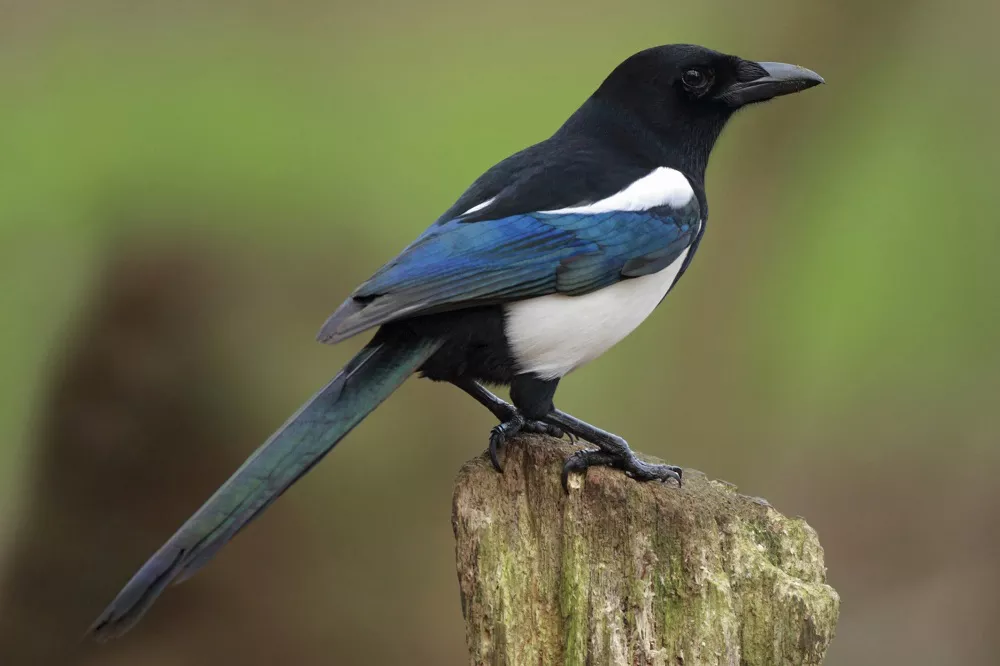Eurasian Magpies (Pica pica), also known as common magpies, are a species of birds that belong to the crow family. They are found in various parts of Europe and Asia and are known for their striking black and white plumage. These birds are omnivores, which means that they eat both plant and animal matter. In this article, we will take a closer look at what Eurasian magpies eat.
Plant matter
Eurasian magpies consume a wide variety of plant matter. Their diet includes fruits, berries, seeds, and grains. Some of the fruits that magpies eat include apples, pears, cherries, plums, and blackberries. They also feed on acorns, beech nuts, and hazelnuts. Magpies have been known to raid gardens and orchards in search of these foods.
Animal matter
In addition to plant matter, Eurasian magpies also eat a range of animal matter. They are opportunistic predators and scavengers, which means that they will eat whatever food is available to them. Some of the animals that magpies prey on include insects, spiders, earthworms, and snails. These birds are also known to hunt small mammals such as mice, voles, and shrews. They have even been observed robbing eggs from other bird nests.
Carrion
Eurasian magpies are also known to feed on carrion. This refers to the carcasses of dead animals that they come across. They play an important ecological role in consuming carrion, as it helps to prevent the spread of disease and decay. Magpies have been known to scavenge on roadkill, as well as the remains of larger animals such as deer.
Human food
Eurasian magpies are intelligent birds that have adapted well to human environments. They have been known to scavenge on human food, particularly in urban areas. Magpies have been observed stealing food from outdoor dining areas, and they are notorious for raiding garbage bins. While this behavior can be frustrating for humans, it is important to remember that magpies are simply trying to survive in their environment.
Feeding behavior
Eurasian magpies have a unique feeding behavior that involves using their sharp beaks to probe and dig for food. They are also known to use tools to access food sources. For example, magpies have been observed using sticks to extract insects from tree bark, and they have even been known to drop nuts onto hard surfaces to crack them open.
Breeding season
During the breeding season, Eurasian magpies consume more animal matter than plant matter. This is because they need high levels of protein to support egg production and chick rearing. Magpies are monogamous birds and breed between March and July. The female will lay between four and seven eggs, which both parents will incubate for around three weeks. Once the chicks hatch, they will be fed a diet of mainly insects and other small animals.
Conclusion
In conclusion, Eurasian magpies are omnivorous birds that eat a range of plant and animal matter. Their diet includes fruits, berries, seeds, insects, spiders, earthworms, snails, small mammals, and carrion. They are also known to scavenge on human food in urban environments. Magpies have a unique feeding behavior that involves using their beaks to probe and dig for food, as well as using tools to access food sources. During the breeding season, magpies consume more animal matter to support egg production and chick rearing.


 Facebook
Facebook  Instagram
Instagram  Youtube
Youtube 